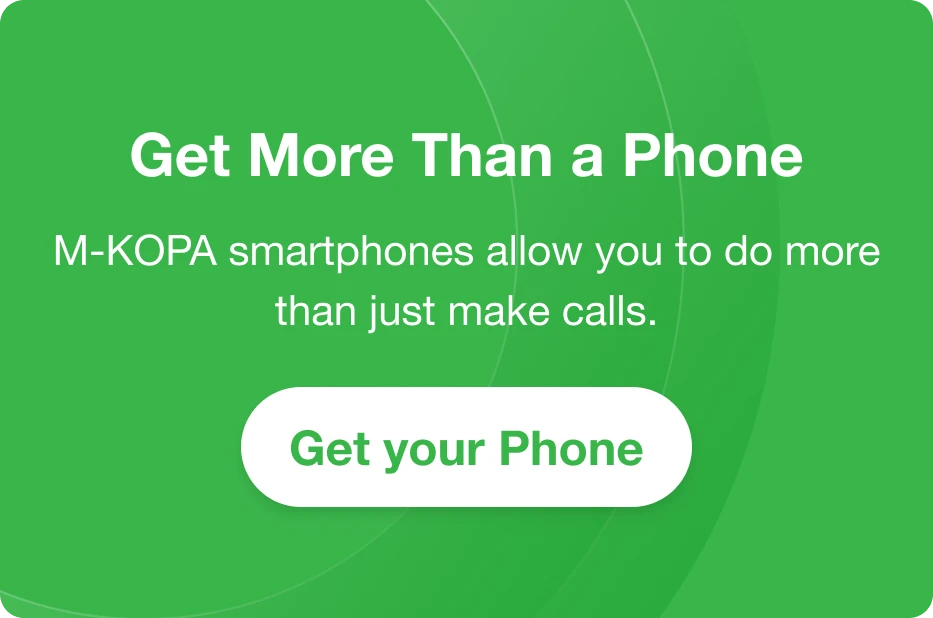Do you want your phone to stay scratch-free for as long as possible? You already know the best way: put on a screen protector. There are two types of this accessory: tempered glass and plastic. Each has its own variations and recommendations that you should keep in mind.
In this article, we’ll be comparing both screen protector types and providing detailed information to help you make a choice when it comes to protecting your phone’s screen.
Tempered Glass Protectors

Source: Amazon
This protector is a sheet of tempered glass that has a certain hardness capable of protecting against both possible scratches and impacts. They come in versions such as ceramic glass, which is more elastic, resistant, and expensive, and also anti-spy versions, which make the screen opaque so that only the person holding the device can see it.
Pros
- They usually prevent the phone screen from breaking.
- They are very easy to install, as the glass sheet is rigid and adheres almost instantly upon contact with the screen.
- Regarding colors and brightness, they are much sharper than the screen of your device itself.
- They can last a long time because they don’t lift; you'll only have to change them if they break or if you get tired of using them.
Cons
- They cost twice as much as plastic protectors.
- They add a few extra millimeters of thickness to your phone's screen, making it seemingly heavier.
- They are rigid and must fit the exact shape of the phone. This is a drawback in the case of curved screens.
Types of tempered glass protectors
- Matte protectors: This type has a textured surface with anti-glare and anti-fingerprint properties, making them ideal for outdoor use or in bright environments.
- Gloss protectors: They help prevent the screen from dazzling the eyes, but they do reduce the quality of the image and lighting. They are your go-to if you want the most accurate representation of your phone’s colors and brightness.
Plastic Protector

Source: Pitaka
This protector is a thin plastic sheet that protects against minor scratches. They are made of silicone, typically come with a newly bought phone, and are thinner than glass protectors. Calling them “plastic” is an oversimplification, as they are made from different types of polycarbonate.
Pros
- They are very affordable and more common.
- They protect the screen well from everyday scratches.
- They are very slim, barely adding any bulk to your phone.
Cons
- They provide less protection compared to glass protectors.
- They are less durable because they deteriorate much more easily, requiring constant replacement to keep your phone in perfect condition.
- Being remarkably thin, it is very easy for dust or dirt to get into the case due to the rubbing or friction generated when putting your phone in or out of your pocket.
- They are somewhat rough, and their installation requires a certain degree of patience to avoid bubbles.
Types of plastic protectors
They are classified into two main types:
- PET protectors: These are semi-rigid sheets that offer great protection against scratches. They feel smooth, although your finger tends not to slide too much on the surface. They are not highly recommended for curved screens.
- TPU protectors: These are malleable plastics that adapt well enough to the curves of phones. They feel slightly rubbery, which often makes touch gestures difficult. An example of a TPU protector is Hydrogel.
Which one should you go for?
It's important to keep in mind that neither tempered glass nor plastic protectors will provide 100% protection for your phone's screen, as they often lose durability over time.
Both are on an even playing field in terms of protection. While glass is thicker, it tends to break more quickly, generating splinters that can cut fingers. On the other hand, plastic protectors don’t pose a hazard in case of a breakage.
Glass protectors tend to be more expensive than plastic ones, but they break more quickly when impacted, requiring more frequent replacements. They also don't work with phones with curved or foldable screens.
The downside to plastic protectors is their tactile feel, which is less fluid and more easily scratched by coins or keys. However, being thinner, they don’t stand out and fit better with the phone's design.
If you want to maintain the original feel of your screen, a glass protector is the best option. If you don't mind that feel and don't want to spend a lot of money, look for a plastic protector.
















.svg)




